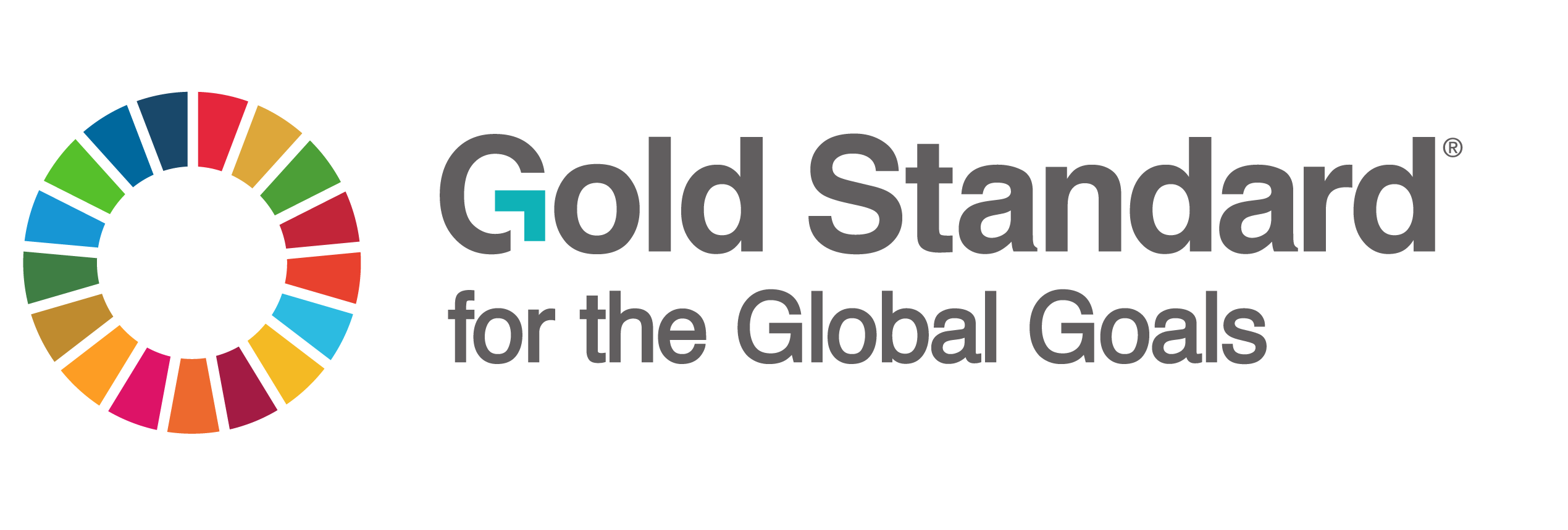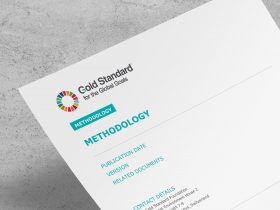This downloadable excel document provides a list of all the methodologies eligible for certification under Gold Standard for the Global Goals. The document includes all Gold Standard methodologies and eligible CDM methodologies and provides a one-stop-shop for project practitioners assessing which methodology to apply to their project activity. ...
This Soil Organic Carbon (SOC) Activity Module focuses on zero tillage/no-till practice, an agricultural technique for growing crops or pasture without mechanically disturbing the soil through tillage (including disturbance from non-turning tillage such as rippers and disc harrows). ...
This is an ER tool for TPDDTEC methodology ...
The methodology is applicable to projects that implement shore-side or offshore electricity supply for ships while they are docked at berths or offshore. The use of onshore or offshore sources, such as specially designed buoys, to provide electricity replace the need for ships' fossil-fuel auxiliary power generators. ...
This methodology applies to mitigation activities that use on-site waste processing to avoid methane emissions caused by organic waste being sent to landfills. ...
Applicable to the project activities where captured carbon dioxide (CO2) from biomass fermentation is captured and permanently stored in geological storage. ...
This document provides specific rules and requirements for projects/PoAs seeking issuance of GS4GG specific products, namely Gold Standard Verified Emission Reductions (GSVERs), Gold Standard labels for Certified Emission Reductions (GSCERs) and Gold Standard Planned Emissions Reductions (PERs) for Land Use & Forests. It also provides the requirements for projects/PoAs transitioning from other standards to GS4GG. ...
Presents the set of requirements and follow up actions to address a performance shortfall scenario associated with a Gold Standard Land-Use and Forest project. ...
This document outlines the workings of the Methodology Working Groups that support the Gold Standard Secretariat and Technical Advisory Committee (TAC) with methodology-related matters. ...
Form to submit methodologies ...
Authorisation Checklist ...
This Rule Update introduces the mandatory use of digital SDG Impact Tool for the quantification and reporting of SDG impacts and assessment against Safeguarding Principles and Requirements by Project Developers (PD) and Coordinating and Managing Entities (CME); validation/verification by Validation and Verification Bodies (VVBs) and design and performance review by Gold Standard/Certification Body (CB). ...
The rule update outlines: • Revisions to Paragraph 2.1.7 in the Renewable Energy Activity Requirements (V1.4), which pertain to the pre-approved exception for eligibility of grid-connected renewable energy projects with distributed installations. • Eligibility criteria for grid-connected projects that feature a Battery Energy Storage System (BESS). ...
Following the publication of the Procedure for Development, Revision, and Certification of Methodologies and Methodological Tools v.2.0, the Gold Standard has conducted a review of status of approved methodologies. ...
The document clarifies the definition of the first submission date for the regular VPAs submitted for inclusion in a design certified PoA via regular or fast track inclusion pathways. ...
This clarification provides further information on requirements for conducting the speed trials to demonstrate compliance with Methodology for Retrofit Energy Efficiency Measures in Shipping V2.0. ...




